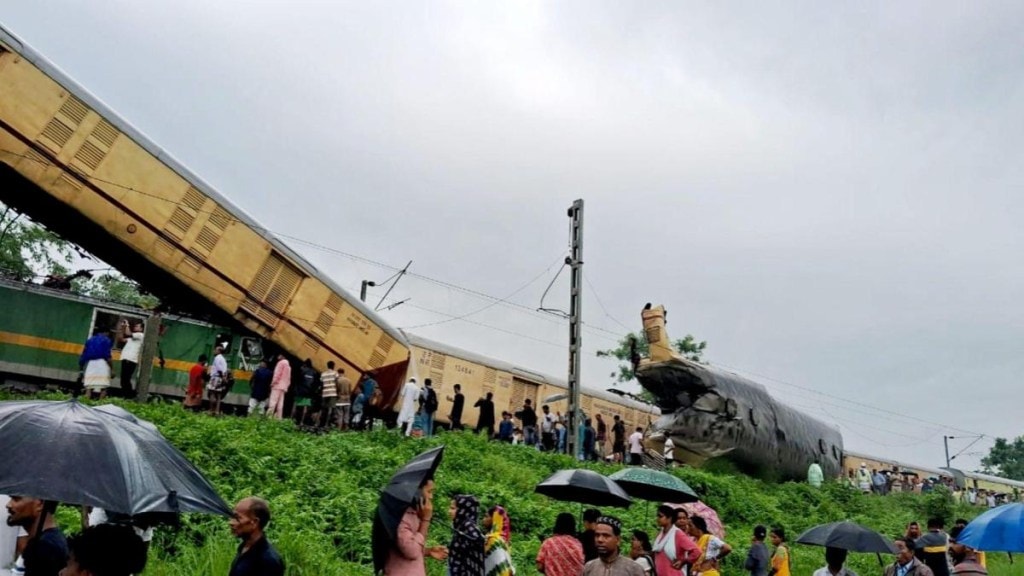Kanchanjungha Express-Good Train Collision: The recent collision of a goods train with Kanchanjungha Express in West Bengal has once again put the spotlight on the Kavach anti-collision system. While the first field trials of Kavach on passenger trains started eight years ago in February 2016, its implementation across major sections is still under process.
In a Rajya Sabha session in February, Railway Minister Ashwini Vaishnaw provided an update on the progress of Kavach implementation. He reported that Kavach has been installed on 1,465 route kilometers and 139 locomotives, including Electric Multiple Unit (EMU) rakes, primarily on the South Central Railway network.
He also informed the Upper House that tenders have been granted for the deployment of Kavach on the Delhi-Mumbai and Delhi-Howrah corridors, covering approximately 3,000 route kilometers. Vaishnaw further highlighted significant progress in the installation of necessary infrastructure, including the completion of optical fiber cable installation along 3,040 kilometers and the erection of 269 telecommunication towers.
Additionally, 186 pieces of equipment have been installed at stations, and 170 units have been mounted on locomotives. Track-side equipment has been deployed along 827 route kilometers.
Cost of implementing Kavach system
The cost of implementing the Kavach system is substantial. Providing trackside and station equipment costs approximately ₹50 lakh per kilometer, while equipping a locomotive with Kavach technology costs around ₹70 lakh per unit. The budgetary allocation for Kavach in the fiscal year 2024 was ₹710 crore, with nearly ₹560 crore earmarked in the FY25 Interim Budget.
How is the system deployed?
The Kavach system’s deployment involves three critical components:
- Firstly, Radio Frequency Identification (RFID) technology is integrated into the tracks. RFID uses electromagnetic fields to automatically identify and read information from a wireless device from a distance, without requiring physical contact or a line of sight
- Secondly, the driver’s cabin (locomotive) is equipped with RFID readers, a computer, and brake interface equipment
- Finally, radio infrastructure, including towers and modems, is installed at railway stations
Earlier today, at least five people died and about 25 others were injured after a goods train rammed into the Kanchanjungha Express from behind in West Bengal’s Darjeeling district. The accident took place at around 9 am near Rangapani, close to New Jalpaiguri station.

